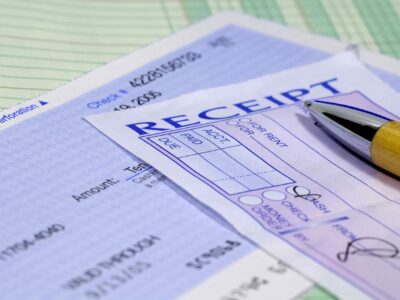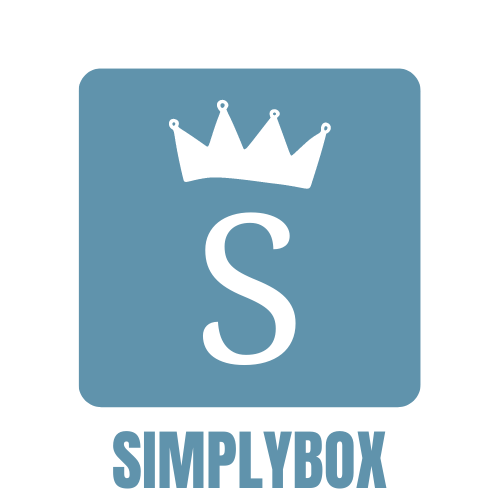
And for a review of the most common journal entries, see the lesson on basic accounting journal entries. A balance sheet is a summary of a company’s financial position at a given point in time. The balance sheet summarizes the financial position of the company at the end of a specific period, usually at the end of the fiscal year.
Rent Expense Account
- The total difference between the debit and credit columns will be displayed on the bottom of the corresponding side.
- To pay the rent, I’ve used cash, so my bank account (an asset account) is credited by £2000.
- So grasping these basics helps you delve into these reports and understand the financial story they tell.
- In this section, I’m going to go through different types of transactions, and I’ll be using T-accounts to display the movement of value through the business.
- Below the heading, the left side or debit side is used for debit entries and the right side or credit side is for credit entries.
- A surprising number of people uses these handy tools, and understanding their purpose can be a game-changer for your financial literacy.
I’ve agreed to pay for the coffee machine next month so my accounts payable is increased (credited) by £700. Accounts payable is a liability account, keeping track of bills I still have to pay in future. In this image, you can see a T-account which shows my bank account for the first week of March. Every day, I receive cash from my coffee sales shown in the debit column on the left. In the right column, the credits represent cash being spent either on inventory or operating costs.
- A single entry system of accounting does not provide enough information to be represented by the visual structure a T account offers.
- If we were to describe each transaction occurring within the T-account above as “bank,” it would not adequately describe why our bank account increased or decreased.
- They help you track cash flow, analyze expenses, and ensure all your financial ducks are in a row.
- A double entry system is a detailed bookkeeping process where every entry has an additional corresponding entry to a different account.
- Every transaction a company makes, whether it’s selling coffee, taking out a loan or purchasing an asset, has a debit and credit.
Service Revenue Earned and Collected
![]()
For instance, consider a service-based business trial balance that recognizes revenue when services are rendered, regardless of whether payment is received immediately. Using T-accounts to record such transactions may obscure the timing and matching of revenue and expenses, leading to inaccurate financial statements. T-accounts provide a simplified representation of ledger accounts, often lacking the depth needed for complex transactions.

Everything to Run Your Business
They are foundational tools in bookkeeping and accounting for recording, analyzing, and summarizing financial information. The following T-account examples provide an outline of the most common T-accounts. https://www.bookstime.com/articles/what-are-t-accounts It is impossible to provide a complete set of examples that address every variation in every situation since there are hundreds of such T-accounts.
Subsidiary Ledgers (or Sub Ledgers): Debtors Ledger and Creditors Ledger

Alternatively, many accounting software packages allow users to enter accounts they wish to track and automatically generate a bookkeeping and payroll services T-Account. Remember, mastering the basics is the foundation for financial success. Use them to track your business transactions, analyze your budget, or even impress your friends with your accounting prowess.










